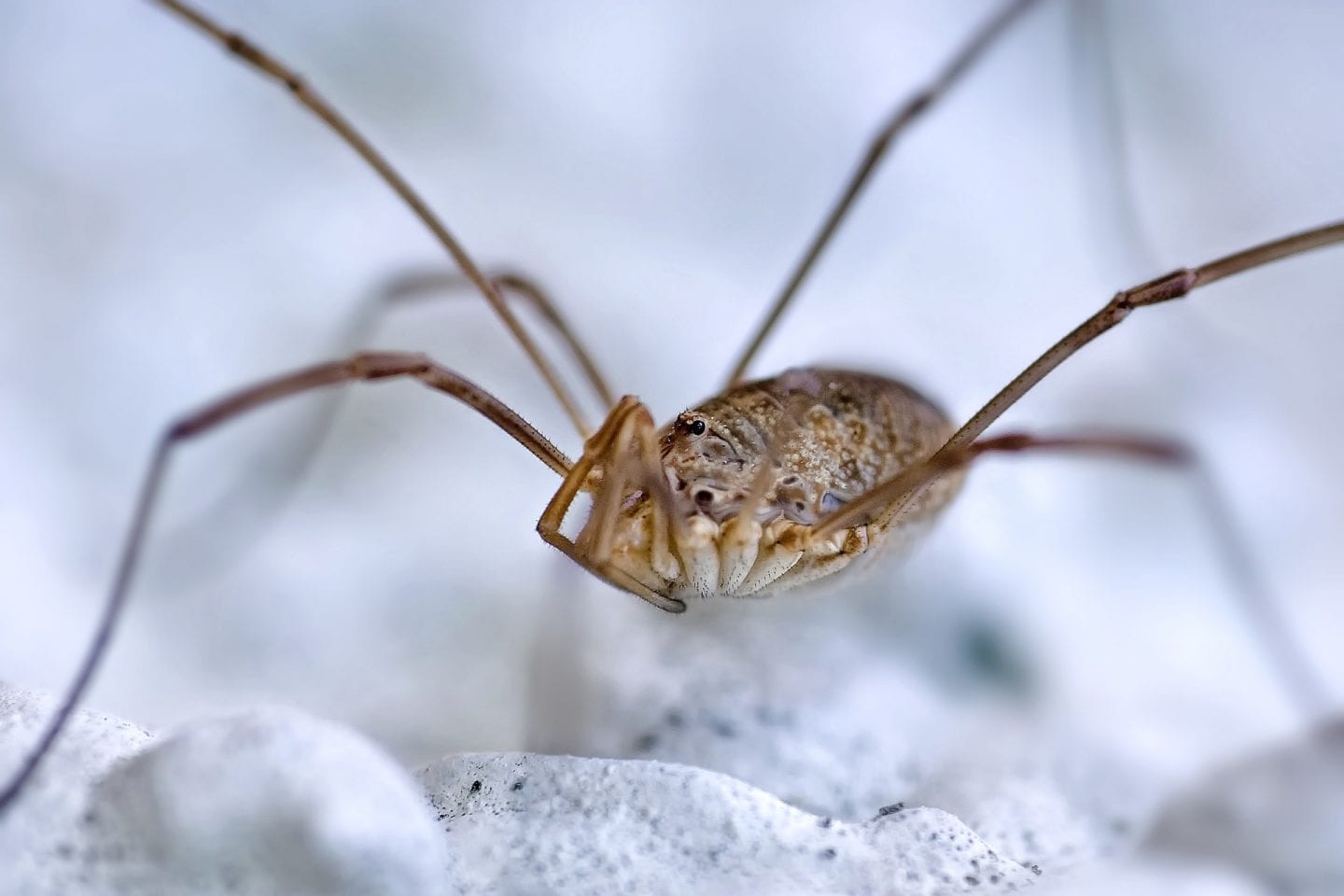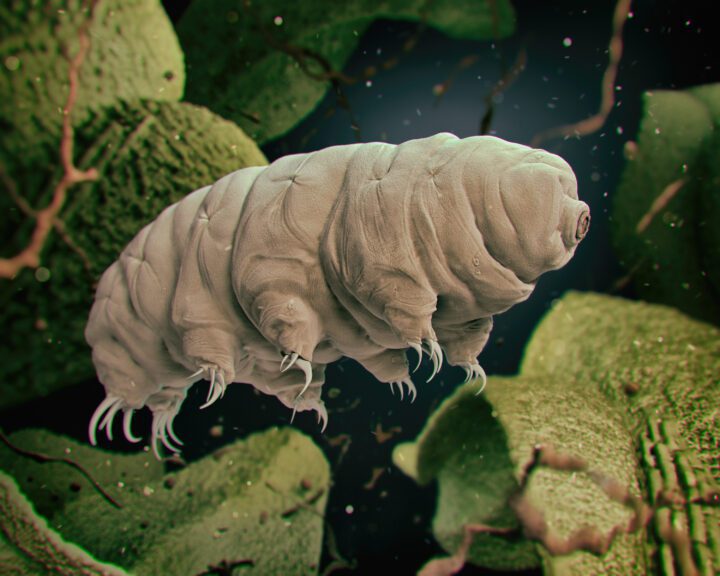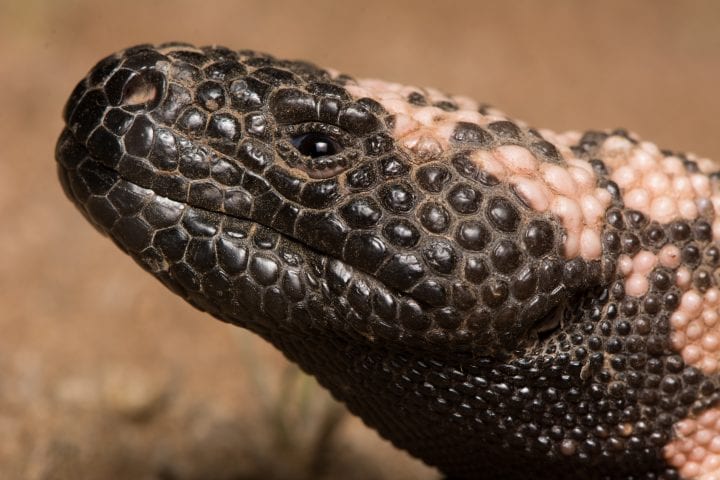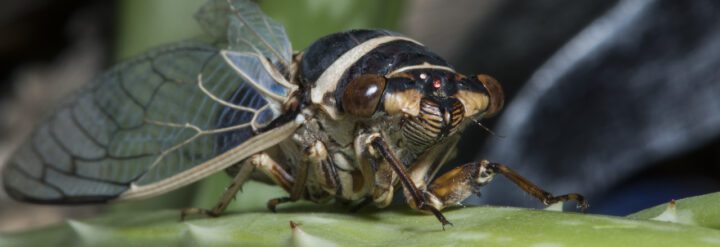The water bear survives extreme environmental conditions by entering a reversibly suspended metabolic state known as cryptobiosis.
Special Series: Wild Ideas
This strategy is part of the series “Wild Ideas: The Biomimicry of Public Lands and Waters of the U.S.” by author and educator Adelheid Fischer. “Wild Ideas” proposes a new role for protecting and exploring the nation’s waters and wildlands––regarding them not just as places of beauty and recreation, but as vital sources of inspiration for solving some of humanity’s greatest challenges.
Introduction
In 2006 the National Geographic Society teamed up with the National Park Service to launch what they called a BioBlitz campaign. Each year for 10 years, culminating in 2016 with the 100th anniversary of the National Park Service, scientific experts and citizen volunteers would descend on a designated park for 24 hours to document as many plants and animals as they could find. On October 21-22, 2011, it was Saguaro National Park’s turn.
The bioblitzers combed the park, from mountains topping 8,000 feet in the eastern unit of the park to the low-lying desert on its western edge. They amassed an impressive tally of organisms: more than 1,000 species ranging from reptiles and insects to fungi, mammals and amphibians. Included in the haul were numerous species never before documented in the park. Some of them, including a moss, were not only new to the park but also to the whole of North America.
One bioblitz find, in particular, created a buzz that was far out of proportion to its tiny size. The headlines of the local news channel KOLD posted the alert: “Water Bears Found in Saguaro National Park.”
Contrary to their common name, water bears (also called moss piglets) are related neither to bears or pigs. They’re microscopic invertebrates known as tardigrades, which means “slow steppers.” Segmented and puffy like astronauts outfitted for a space flight, tardigrades possess eight plump appendages, each with its own set of impressive claws.
There are some 1,400 species of tardigrades worldwide, from the top of the Himalayas to the deep sea floor, in sand dunes and Antarctic ice. They are routinely found in water droplets on plants such as lichens, mosses and ferns, where they feed on plant juices as well as bacteria, algae and invertebrates including their fellow tardigrades.
Though they are widely distributed, tardigrades require aquatic or moist habitats. So, you might ask, what are they doing in the desert environment of Saguaro National Park where rainfall is scarce and episodic?
Scientists who study tardigrades aren’t the least surprised. These poofy slow-steppers are renowned for surviving the kinds of dry conditions that prove lethal to many other forms of life. As their habitats dry up, for example, terrestrial tardigrades shrink, ratcheting back most of their metabolism until moisture returns. They can live in this state of suspended animation, a form of cryptobiosis known as anhydrobiosis (“life without water”), for decades.

The Strategy
Tardigrades in this desiccated condition have endured the vacuum of space and pressures six times that of the ocean bottom. They’ve persisted through temperatures as low as -458 degrees F (-237 degrees C) and higher than 300 degrees F (149 degrees C). They’ve emerged unscathed from bombardments of radiation that are 1,400 times higher than the levels that would kill a human being. Tardigrades have even been shot from guns at velocities approaching 3,000 feet (914 meters) per second. (They survived.) It seems the only force strong enough to wipe them off the face of the earth is the end of time when the sun balloons into a red star and vaporizes all the water on earth—an estimated six billion years from now!
Scientists are examining these survival mechanisms for solutions to a variety of human health challenges. In 2024 researchers at the University of North Carolina, Chapel Hill, for example, showed that tardigrades responded to damage from large doses of radiation with a flood of repair proteins. After dosing human cells with these proteins, scientists noted that the cells were better equipped to resist damage from radiation. Understanding how they help mend shattered strands of DNA, or enable cells to withstand harm from radiation to begin with, could lead to medical breakthroughs for humans, especially in therapies for cancers that are caused by impaired DNA.
After a flurry of research in the 1960s and 1970s, there also are signs of renewed interest in tardigrade cryptobiosis. Recent research has shown that, as they dry out, some tardigrades produce CAHS (cytoplasmic abundant heat-soluble) proteins that do not maintain a fixed structure. These intrinsically disordered proteins work with a sugar called trehalose to create a protective shell around other kinds of proteins and molecules that would otherwise disintegrate in the absence of water. During rehydration, the glassy material dissolves and the tardigrade’s cells are able to resume normal functioning.
The Potential
Mimicking these processes could help solve a wide range of critical challenges, particularly in pharmaceuticals. Having access to shelf-stable vaccines or blood and blood products that can be reconstituted with water could save millions of lives in parts of the globe where refrigeration is unreliable.










